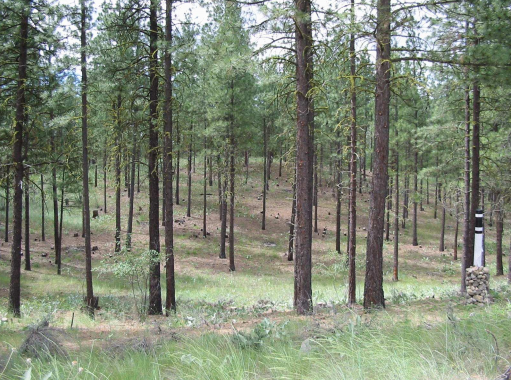Abstract
The continuum of forests and natural areas in need of fuel reduction thinning ranges from wilderness and working industrial forests to urban neighborhood greenbelts and overgrown residential lots. An object of this project is to characterize the problems associated with projects in the true wildland-urban intermix of residential lots to open spaces containing 20 acres or less. Our problem can be further decomposed into those properties that are wholly within urban areas – e.g., Berkeley and Santa Cruz, California; and those areas that border expansive public and private forests – e.g., Auburn, California and Pendleton, Oregon. Our goal is to synthesize optimal or at least more appropriate biomass collection and handling systems for these situations. In particular, we seek to specify functional objectives and design parameters for biomass handling systems that enable value-added utilization of biomass removed in the process of reducing fire risk and improving forest health.
The stimuli for the present project are the combined national priorities established by the National Fire Plan, the Healthy Forests Restoration Act, and the Energy Policy Act of 2005, with specific emphasis on their biomass provisions.
About the Publication
Dooley, J.H. 2005. Appropriate technology biomass collection and handling systems for smallwood utilization. USDA/CSREES/SBIR Final Phase I Report. Forest Concepts, LLC: Federal Way, WA. p. 29.
Read the full article in PDF format:

